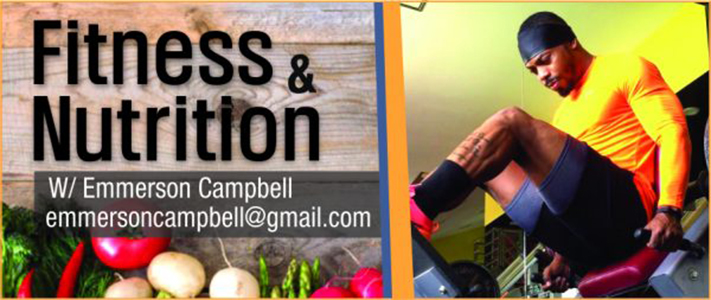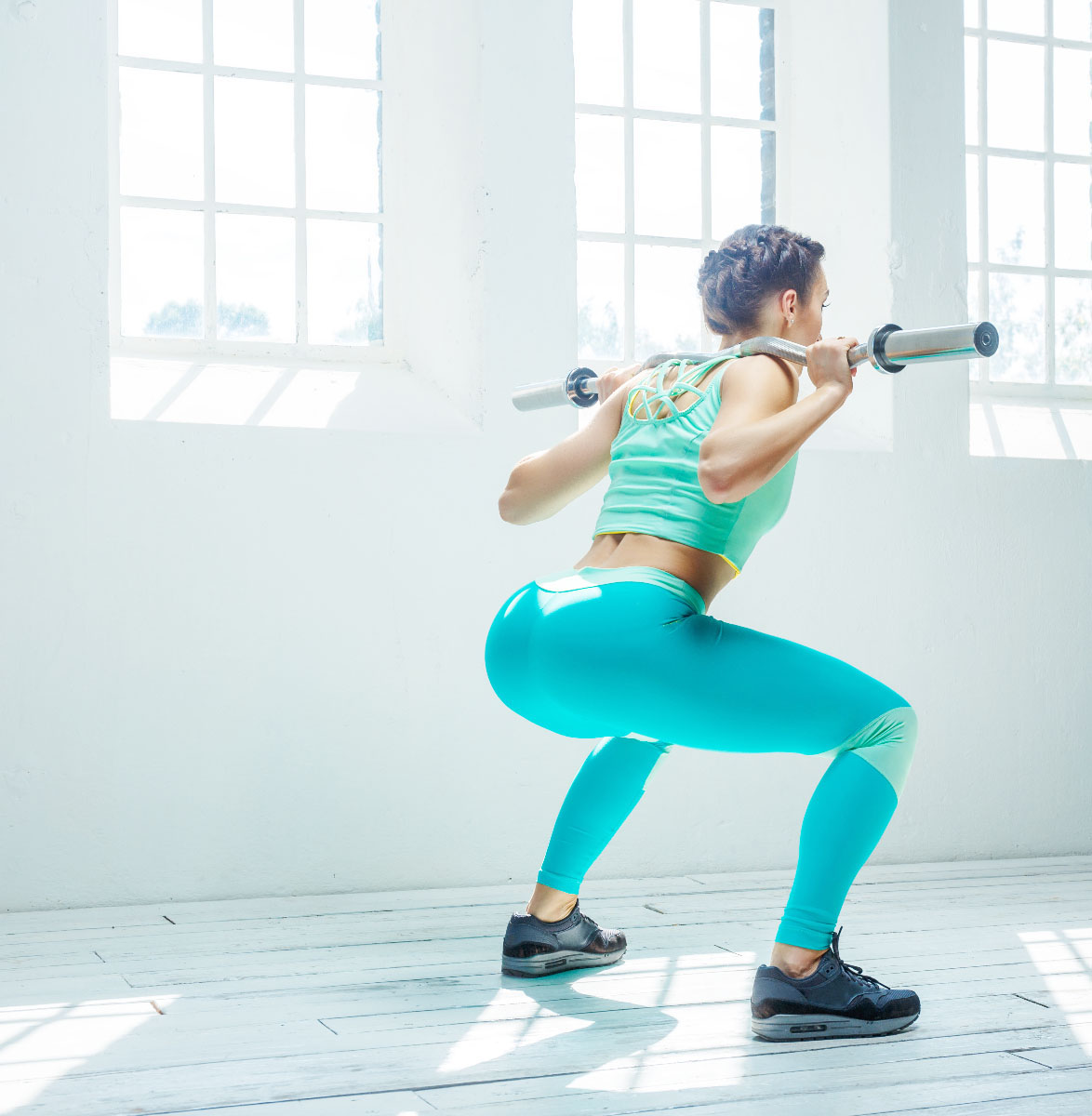
The deadlift vs the squat
Both the deadlift and the squat are highly effective exercises for building strength, power, and muscle mass. However, each exercise targets different muscle groups and has its own unique benefits. The deadlift is a compound exercise that primarily targets the glutes, hamstrings, and lower back. It is an excellent exercise for developing overall posterior chain strength and power.
The squat, on the other hand, is a compound exercise that primarily targets the quadriceps, hamstrings, and glutes. It is an excellent exercise for developing overall lower body strength and power, as well as for improving mobility in the hips and ankles. Ultimately, the best exercise for you will depend on your individual fitness goals and abilities. Both the deadlift and the squat are excellent exercises and can be incorporated into a well-rounded strength training programme.
The squat has been called the king of the lifts, and with good reason. It involves a multitude of muscle groups, and whole body coordination, and is the heaviest lift one can perform with the weight supported by their body (as opposed to something like the deadlift which can be heavier for some people but the bar is not resting on their back/ shoulders).
It serves several pur-poses, from athletic deve-lopment for various sports to developing lower body musculature for body-building, to being one of the three competition power lifts.
The squat can have a certain intimida-tion factor or at the very least discomfort in having a heavy barbell digging into one’s upper back with nothing else to support it, and then knowing that one has to drop down as far as one can with said weight and stand back up with it.
There are a lot of variables, including stance width, foot position/angle, bar position, grip, amount of knee flexion vs hip flexion. It can take a while to adjust all of these to what works best for an individual, but that ultimately makes it all the more rewarding. There is a great sense of accomplishment in seeing one’s efforts pay off as the lift becomes more streamlined and efficient, and as one’s strength increases. An added benefit to improving one’s squat is its transference to other lifts and activities.
A stronger squat is extremely likely to translate to a stronger leg press, hack squat, or pretty much any other lower-body lift, while the reverse is much less of a sure thing. A stronger squat is very likely to confer a faster sprint and a higher verti-cal jump. Contrary to what many think, developing one’s squat can strengthen and protect one’s knees.
It can also improve the efficiency of movement patterns that occur in many ventures from various physical jobs to moving furniture. As we get older, the ability to stand up, which is the essence of the squat, becomes a vital skill to maintain. With time, patience, some guts, and perseverance, one can reap these benefits and develop a squat one is proud of.
(Next week: the conclusion of this series with the bench press.)





